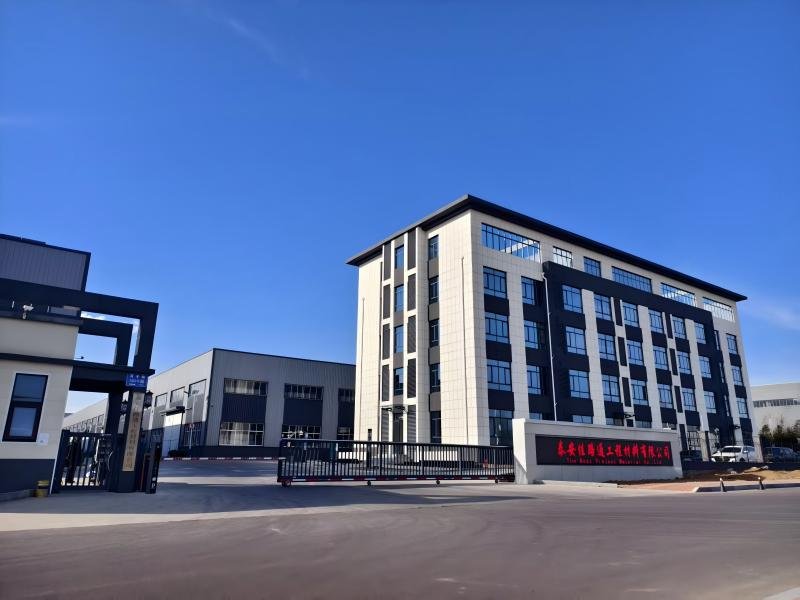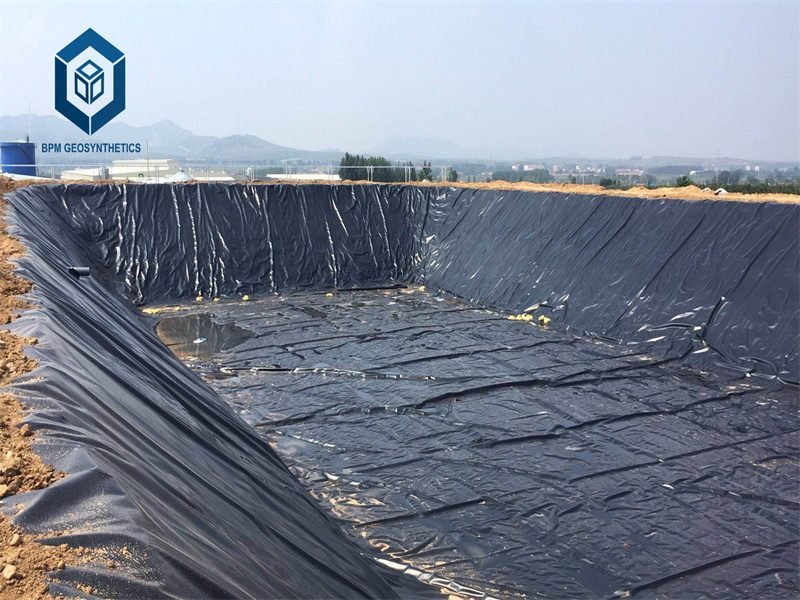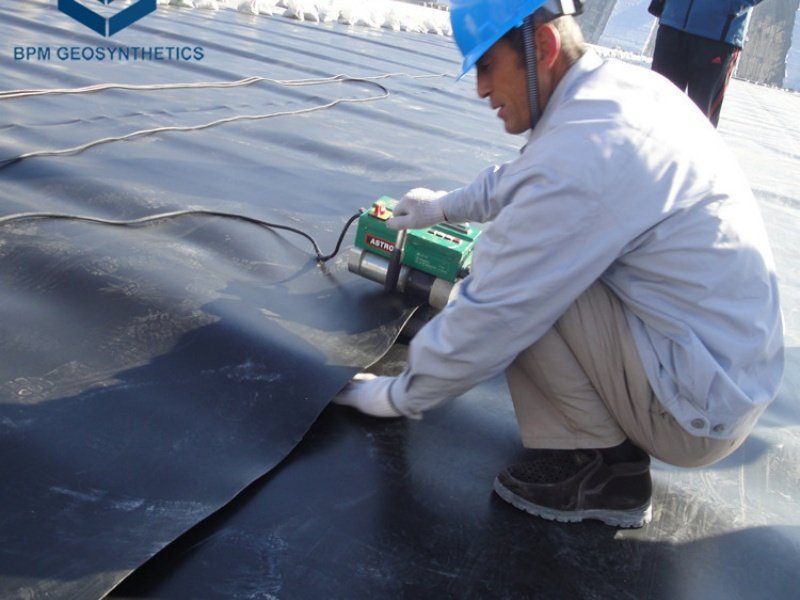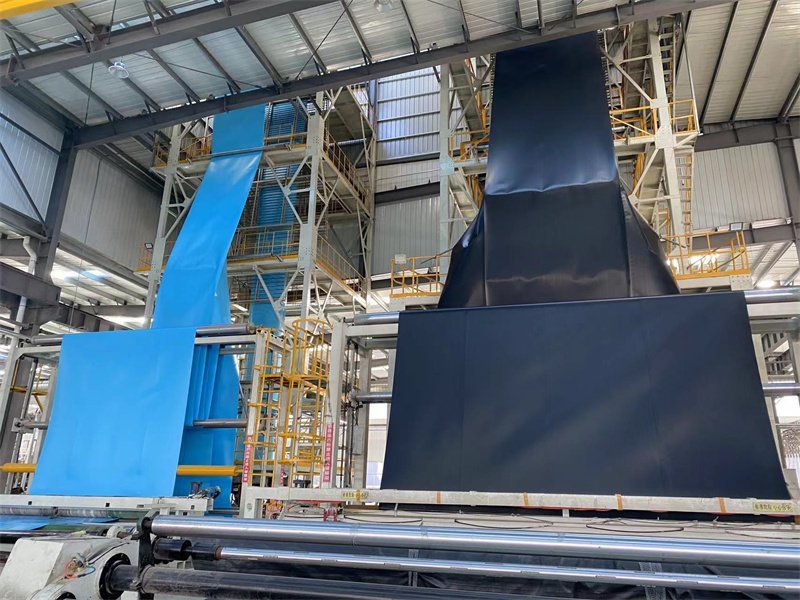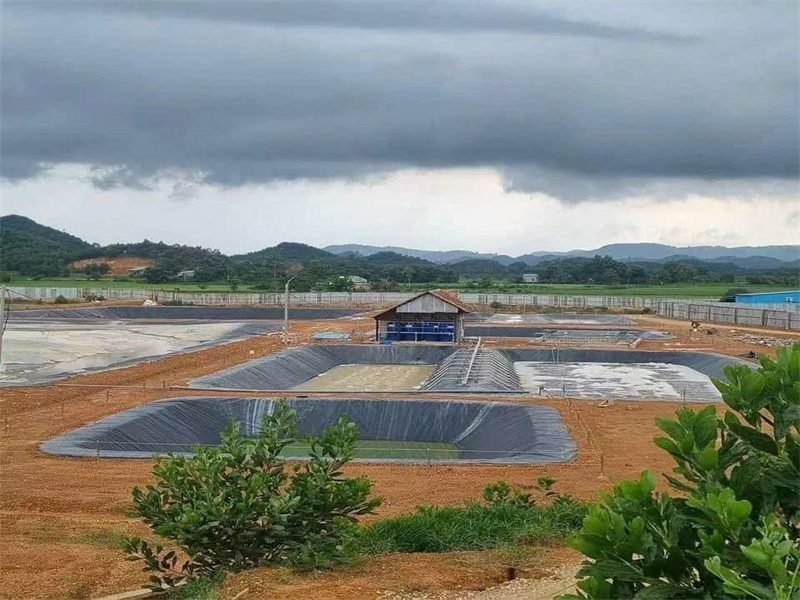What Are Disadvantages Of HDPE Geomembrane For Industrial Project
HDPE (High-Density Polyethylene) geomembranes are widely used in industrial applications due to their durability, chemical resistance, and impermeability. However, their limitations can lead to significant challenges in complex industrial environments. This case study explores the key disadvantages of HDPE geomembranes through real-world scenarios, supported by technical insights and mitigation strategies.
HDPE geomembrane Liner is a high-density polyethylene material manufactured through advanced extrusion technologies like automatic blowing film production line and flat die production line . It is designed as a continuous, impermeable, and flexible liner primarily used for containment and waterproofing applications. The material with 100% virgin material , adding carbon black , antioxidant , anti-aging and UV resistance component . ensuring durability and resistance to environmental stressors. Its production adheres to international standards such as ASTM, ISO, and GRI-GM13, guaranteeing high tensile strength, puncture resistance, and UV stability. HDPE geomembrane has become a preferred solution for industrial project waste containment, separation, and liquid oil gas barrier systems globally.
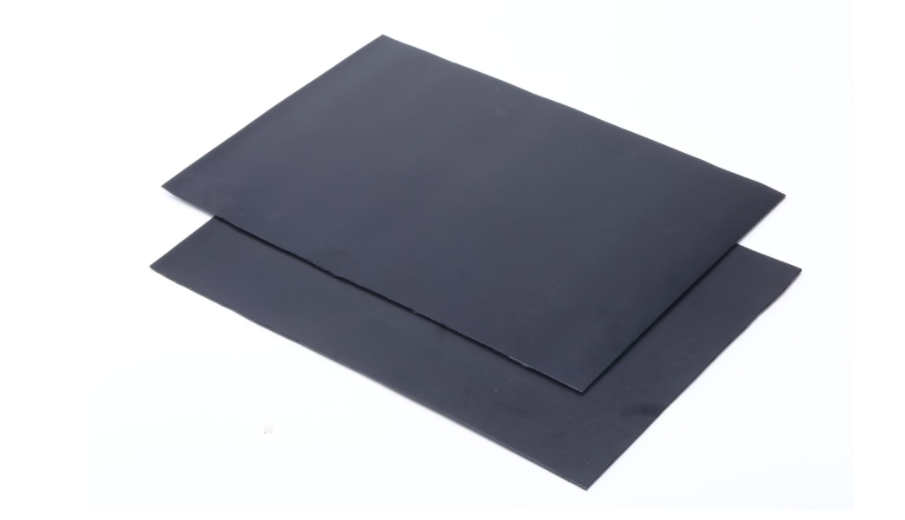
2 What are Disadvantages Of HDPE Geomembrane For Industrial Project
High-Density Polyethylene (HDPE) geomembrane is often hailed as the industry standard for containment lining systems. Its renowned chemical resistance, low permeability, and cost-effectiveness have made it a default choice for a vast array of industrial projects, from landfills and chemical impoundments to tailings dams and wastewater treatment lagoons. However, blind faith in any material can lead to catastrophic engineering failures. A comprehensive understanding of HDPE’s inherent disadvantages is not just prudent—it is essential for ensuring the long-term integrity, safety, and financial viability of a project.what are disadvantages of HDPE Geomembrane for industrial project as follow :
1 )Environmental Stress Cracking (ESC) in Chemical Exposure
Issue: Within 18 months of operation, localized cracking was observed near weld seams in areas exposed to concentrated sulfuric acid. Laboratory testing confirmed ESC caused by prolonged contact with organic solvents and oxidizing agents present in the wastewater.
Root Cause: HDPE’s molecular structure degrades under synergistic chemical and mechanical stresses. While HDPE resists general corrosion, its susceptibility to ESC in aggressive chemical environments was underestimated during material selection .
Impact: Leaks caused a 15% reduction in containment efficiency, risking regulatory non-compliance and potential groundwater contamination.
2)UV Degradation in Uncovered Storage Zones
Issue: Portions of the geomembrane exposed to sunlight (e.g., near inspection hatches) developed surface oxidation, brittleness, and micro-cracks after two summers.
Root Cause: HDPE lacks inherent UV resistance unless stabilized with additives. The project initially omitted UV-protective geotextiles due to budget constraints .
Impact: Reduced tensile strength (from 27 MPa to 18 MPa) necessitated partial replacement, incurring a 20% budget overrun.
3)Temperature-Induced Deformation
Issue: In winter, the geomembrane in unheated sections cracked at -12°C due to brittleness. Conversely, summer temperatures exceeding 40°C caused thermal expansion, warping the liner and creating gaps at anchor points.
Root Cause: HDPE’s thermal expansion coefficient (≈120 × 10⁻⁶/°C) makes it prone to stress during extreme temperature fluctuations. The design did not incorporate thermal stress-relief joints .
Impact: Seasonal deformation required annual resealing, increasing long-term maintenance costs.
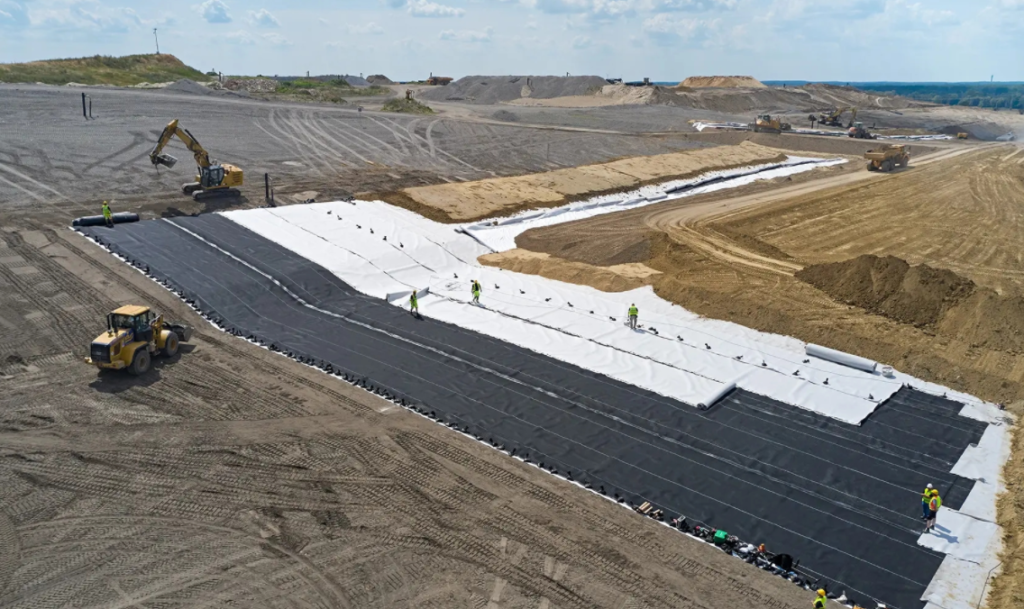
4)Installation Challenges with Complex Geometry
Issue: The basin’s irregular contours (e.g., sloped edges and pipe penetrations) led to improper welding and wrinkles during installation.
Root Cause: HDPE’s rigidity complicates installation on uneven surfaces. The crew lacked training in advanced techniques like “fish-scale” welding for stress concentration areas .
Impact: Leakage tests revealed 12% of welds failed initial pressure tests, delaying project completion by 3 weeks.
5)Mechanical Damage from Equipment
Issue: Heavy machinery (e.g., sludge pumps) installed post-lining created punctures (up to 5 cm²) in high-traffic zones.
Root Cause: HDPE’s puncture resistance (22 N penetration resistance) is inferior to alternatives like LLDPE. No protective geotextile layer was included in the design .
Impact: Repairs averaged 1–2 per month, disrupting operations and raising safety concerns.
6)Long-Term Aging and Oxidation
Issue: After 5 years, accelerated aging tests showed a 40% loss in elongation due to oxidation, despite initial antioxidant additives.
Root Cause: HDPE’s oxidation rate doubles in high-temperature, high-pressure environments. The project’s 20-year lifespan projection overlooked oxidation kinetics .
Impact: Structural integrity risks necessitated a costly overlay of a secondary HDPE layer.
3 Mitigation : Making an Informed Choice
The disadvantages of HDPE geomembrane are not reasons to avoid its use altogether; rather, they are critical design parameters. The key to success lies in acknowledging these weaknesses and engineering solutions to mitigate them:
1)For Stress Cracking: Specify High-Performance Grade HDPE with enhanced stress crack resistance (tested via ASTM D5397). Meticulous subgrade preparation and the use of protective geotextiles are non-negotiable.
For Installation: Hire certified installation crews with proven experience. Enforce strict weather and seaming protocols. Implement a rigorous, independent Quality Assurance/Quality Control (QA/QC) program.
2)For Puncture Resistance: Conduct unparalleled subgrade verification. Use thick geotextile cushion layers. Consider the use of a composite liner system (geomembrane + geosynthetic clay liner) for added protection.
For many projects, especially those with high risk and challenging loads, alternative materials like Reinforced Polyethylene (RPE) or Polyvinyl Chloride (PVC) offer superior puncture resistance, flexibility, and lower thermal expansion. The initial material cost savings of HDPE can be quickly erased by costly subgrade preparation, intricate installation, and catastrophic failure.
Ultimately, selecting a geomembrane is a risk-management exercise. Understanding the profound disadvantages of HDPE allows engineers to design systems that compensate for its vulnerabilities, ensuring that the primary goal of any industrial containment project—permanent environmental protection—is reliably achieved.
While HDPE geomembranes offer cost and durability benefits, their limitations in chemical, thermal, and mechanical stress scenarios require meticulous mitigation. This case underscores the importance of:
Site-Specific Material Testing: Prioritize SCR (Environmental Stress Cracking Resistance) testing over generic ASTM certifications .
Holistic Design: Integrate protective layers and expansion joints.Lifecycle Cost Analysis: Factor in long-term maintenance and replacement costs.
For industries prioritizing sustainability, alternatives like recycled HDPE blends or self-healing geomembranes (still in R&D) may offer future solutions. However, in high-risk environments, combining HDPE with complementary materials remains the pragmatic choice.
As for HDPE geomembrane manufacturer of BPM already developing more than 20years , BPM always been committed to the productions , research and development , sales and service of geotechnical materials . with high quality products and professional sales and after sales teams .BPM 60mil HDPE Liners has passed the ISO9001 quality management system , ISO14001 environmental management system , ISO45001 occupational health system certification , and passed Soncap , SAAO and BV certification and SGS and intertek tests , BPM 60mil HDPE Liners have reached the world leading level . can widely used in aquaculture soil erosion resistance .drainage systems , mining etc . BPM are willing to become your partners with high cost performance , innovative geomembrane and geosythetic products , excellent quality and perfect after sale service ,
join BPM , win our future .
